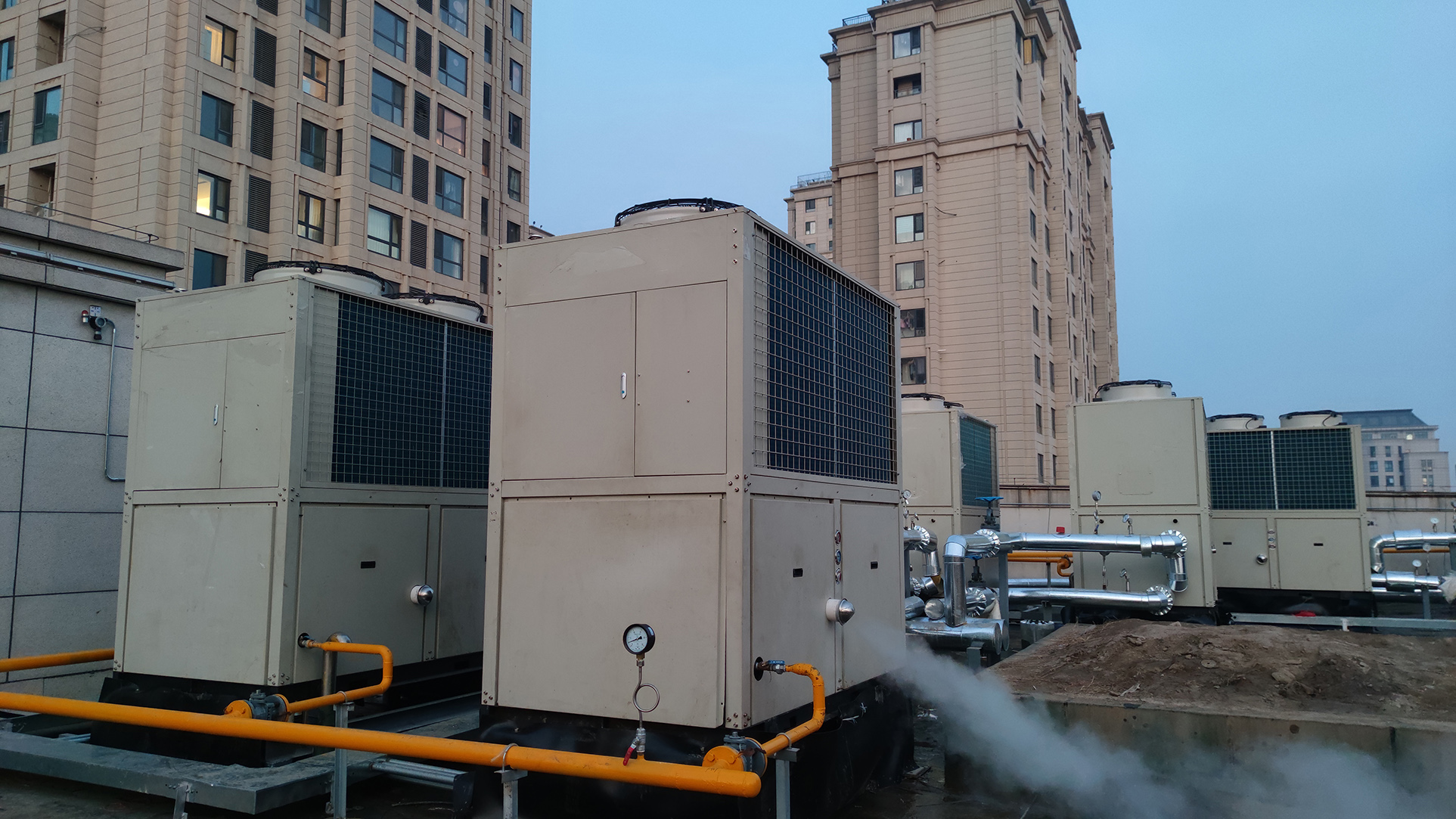Ira . 22, 2024 19:58 Back to list
aluminium die casting
Understanding Aluminium Die Casting A Comprehensive Overview
Aluminium die casting is a highly efficient manufacturing process that involves pouring molten aluminium into molds to create complex and precise parts. This technique is widely adopted across various industries, from automotive to electronics, thanks to its numerous advantages and ability to produce lightweight yet strong components.
One of the most significant benefits of aluminium die casting is its ability to produce intricate shapes with high dimensional accuracy. The process allows for thin walls and complex geometries, making it ideal for modern design requirements. Unlike traditional machining, which can be wasteful and time-consuming, die casting enables bulk production of parts with minimal material waste, contributing to cost efficiency.
The die casting process begins with the creation of a mold, typically made from steel, which can withstand the high pressure and temperature involved in casting molten aluminium. The aluminium alloy is heated until it becomes molten, and then it is injected into the mold under high pressure. This rapid cooling process solidifies the aluminium quickly, resulting in a hard, durable part. The ability to recycle aluminium also makes this process environmentally friendly, as scrap material from the casting process can be re-melted and reused.
aluminium die casting

Aluminium itself is an excellent material choice for die casting due to its low density and high strength-to-weight ratio. These properties make aluminium die cast parts suitable for critical applications in the automotive industry, where reducing vehicle weight is essential for improving fuel efficiency and performance. Components such as engine blocks, transmission cases, and suspension parts are commonly produced using this technique.
In addition to the automotive sector, aluminium die casting finds applications in the consumer goods sector, producing items such as housings for electronic devices, kitchen appliances, and decorative items
. The surface finish of die-cast parts can be enhanced through various treatments, including anodizing and powder coating, allowing for both aesthetic appeal and additional protection against corrosion.Moreover, with advancements in technology, the aluminium die casting industry is continually evolving. Innovations such as the use of computer simulations and robotic automation are improving the efficiency and quality of the casting process. These technological enhancements not only reduce production costs but also allow for the faster development of new products to meet market demands.
In conclusion, aluminium die casting is a versatile and efficient manufacturing process that offers numerous advantages in producing high-quality parts. Its ability to create complex shapes with precision, combined with the lightweight properties of aluminium, make it an invaluable method across various industries. As the technology continues to advance, we can expect to see even greater applications and efficiencies in aluminium die casting, solidifying its role in the future of manufacturing.
-
Durable Cast Steel Concrete Pipe Mold Bottom Rings & Base Trays
NewsAug.23,2025
-
Centrifugally Cast Iron Water Main Pipe for Reliable Mains
NewsAug.22,2025
-
Durable Centrifugally Cast Iron Water Main Pipe
NewsAug.11,2025
-
Centrifugally Cast Iron Water Main Pipes for Reliability
NewsAug.10,2025
-
High-Quality Centrifugally Cast Iron Water Main Pipes
NewsAug.09,2025
-
Durable Cast Iron Water Main Pipe & Drainage Solutions
NewsAug.08,2025


